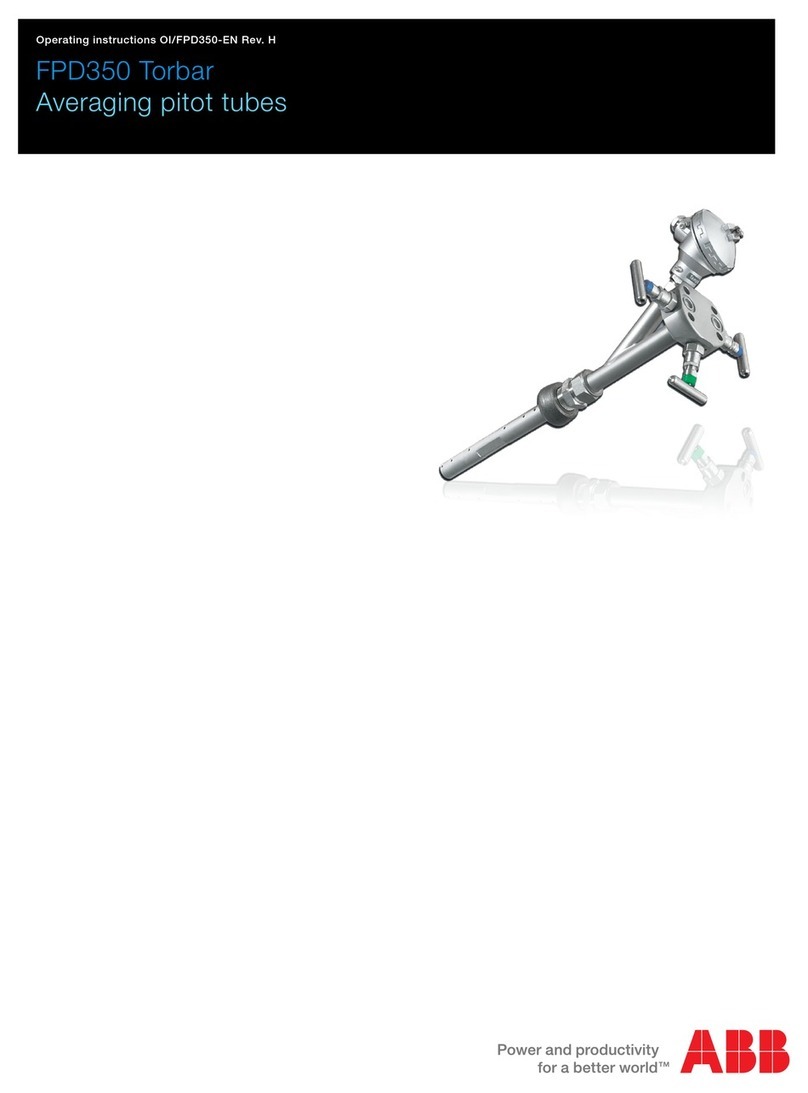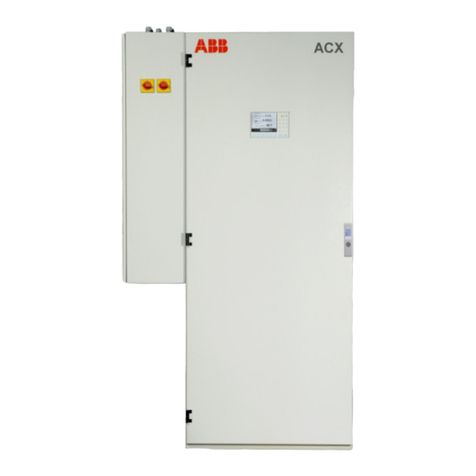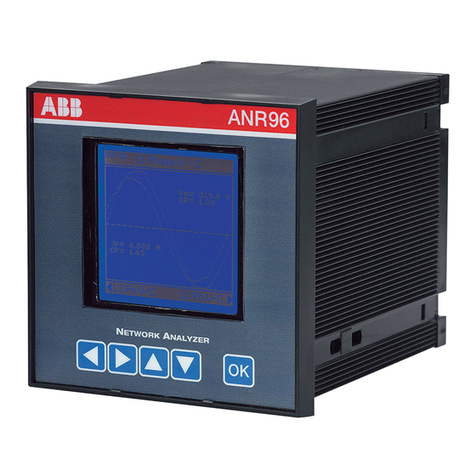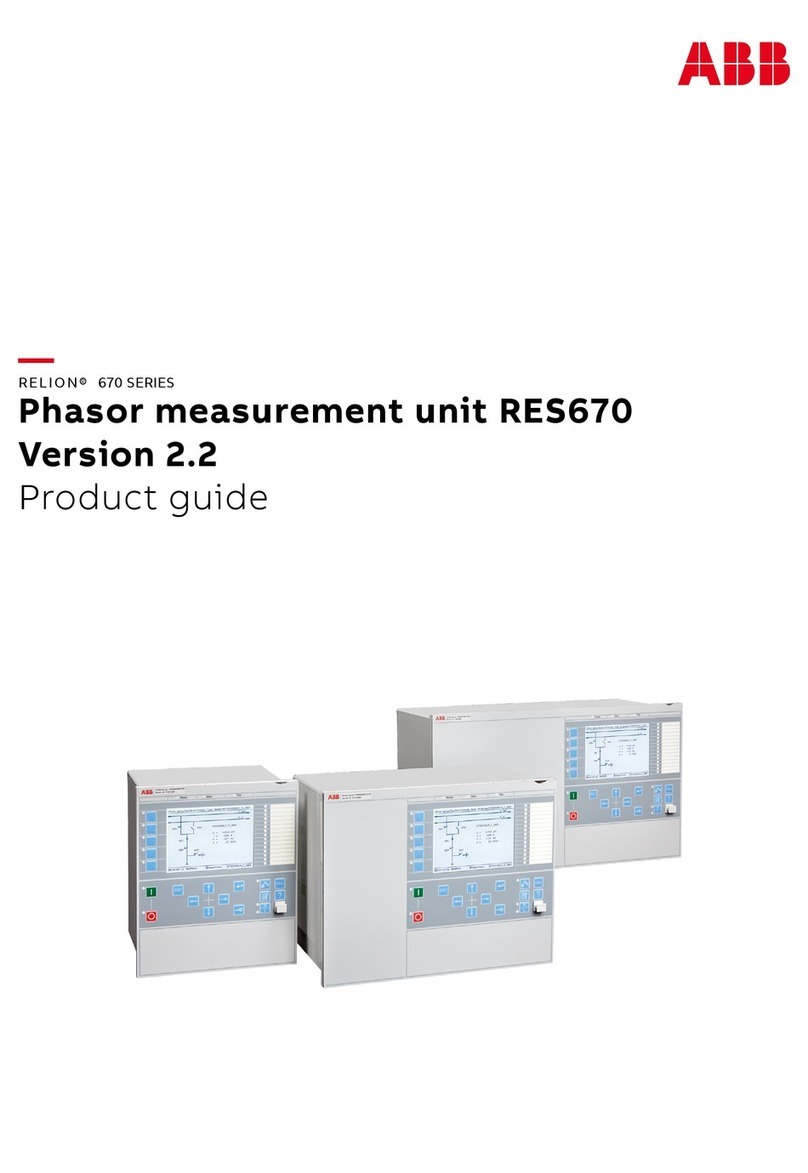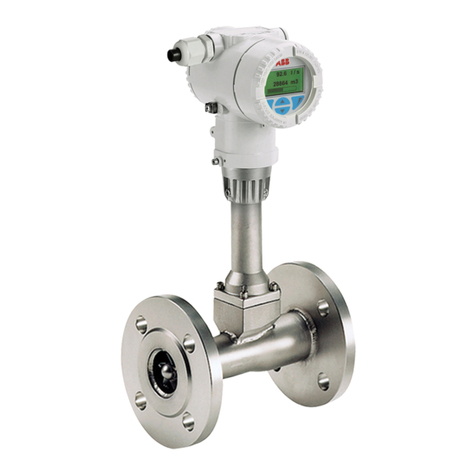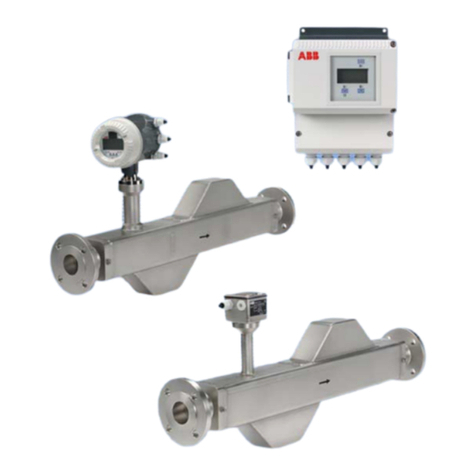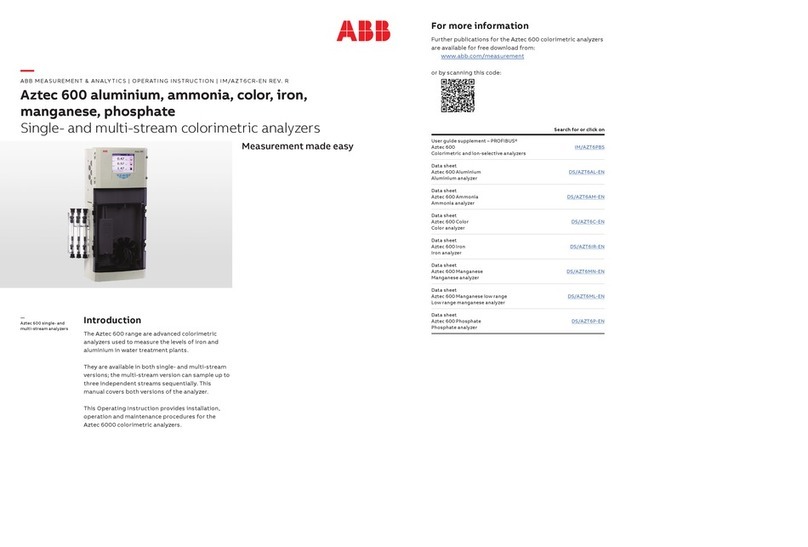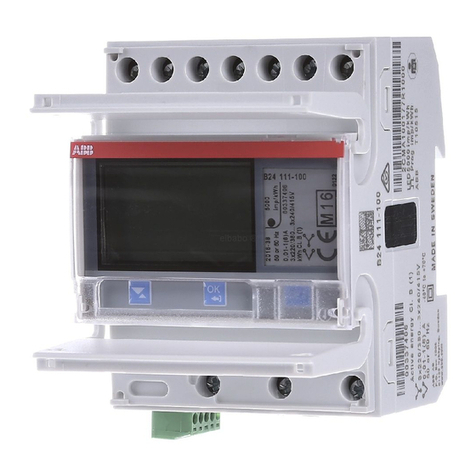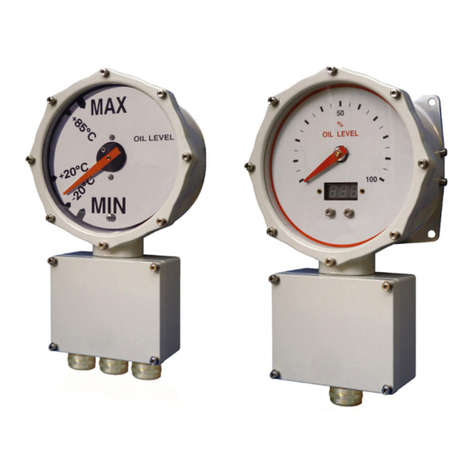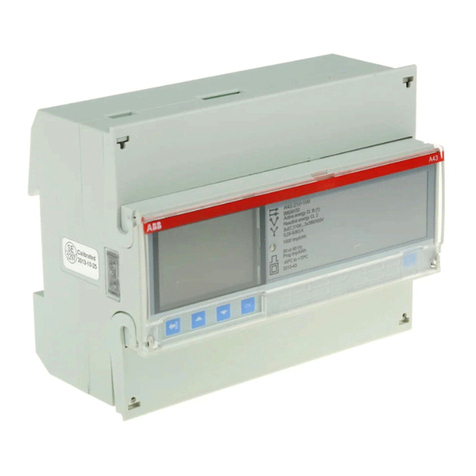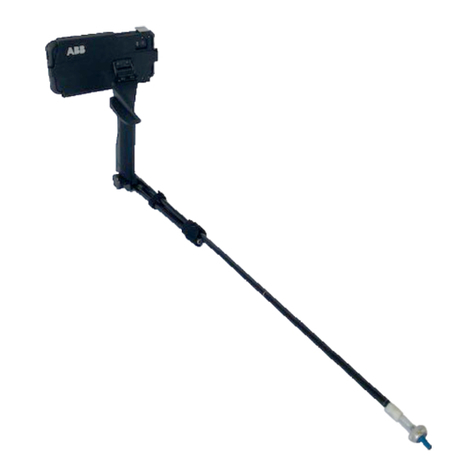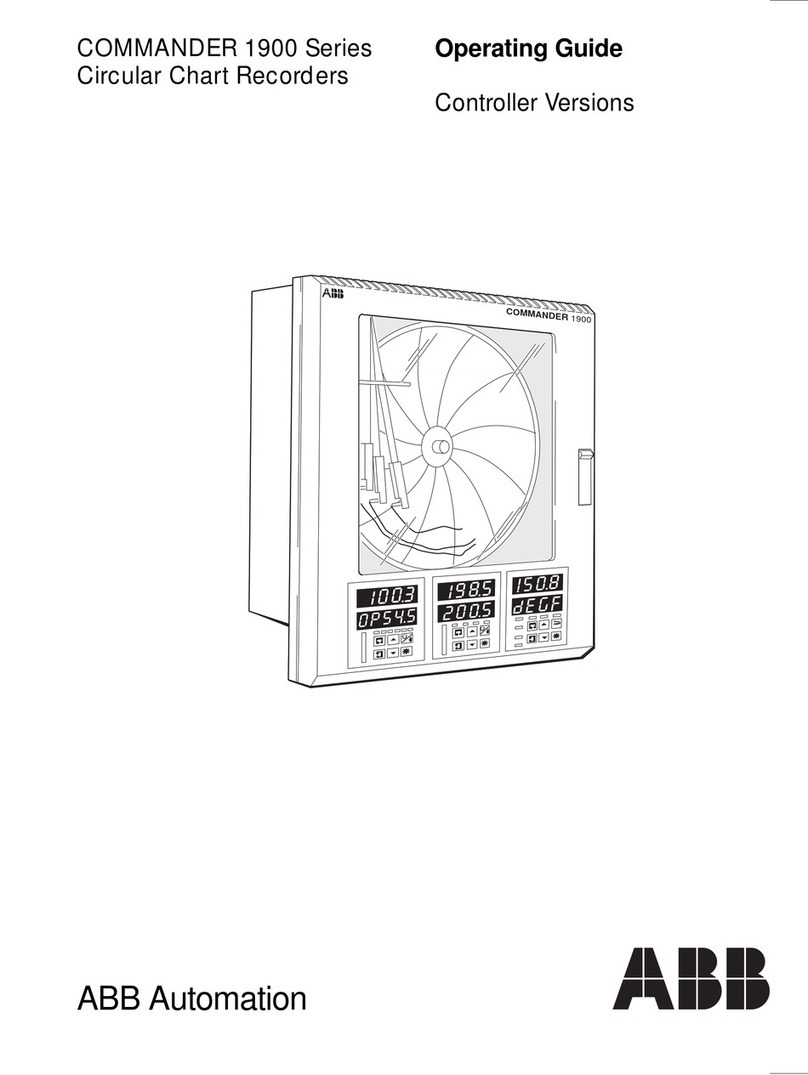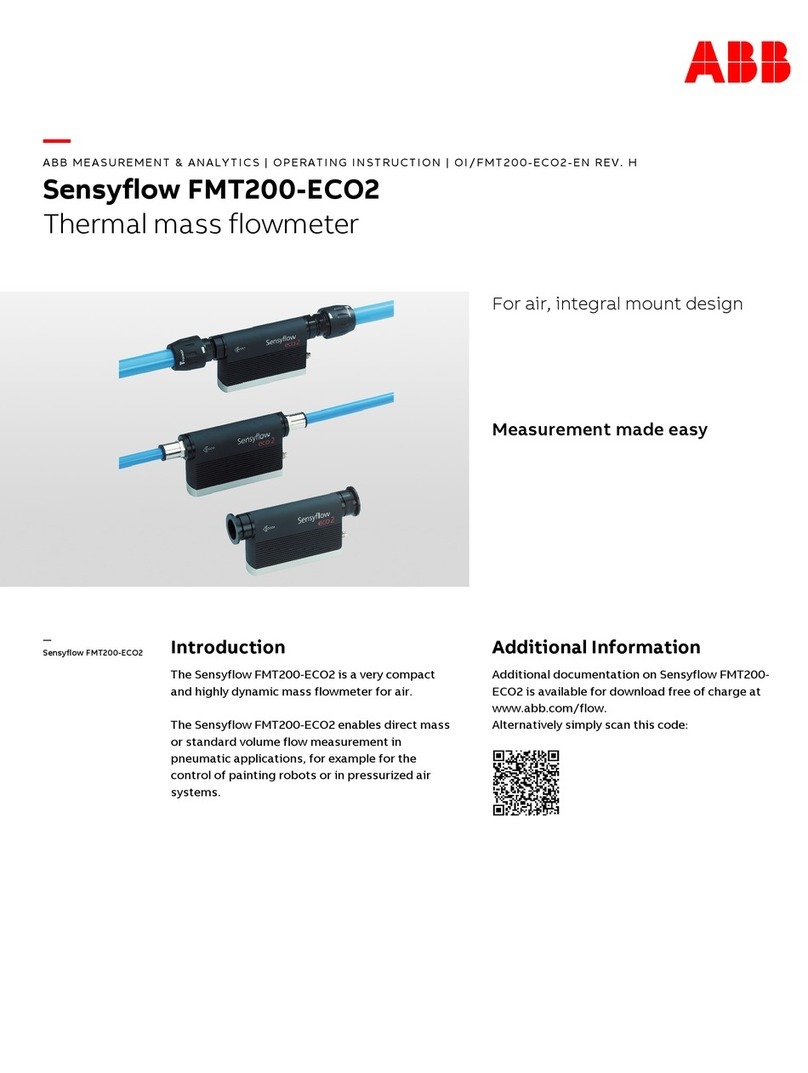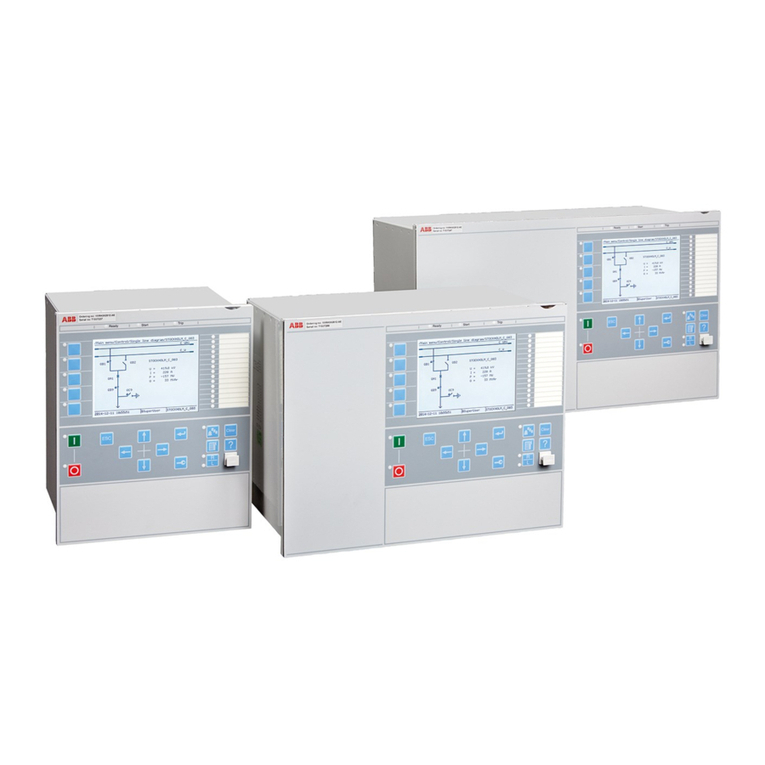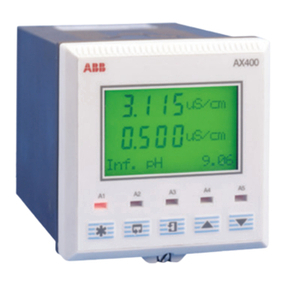
1
CONTENTS
AquaMasterTM is a range of high performance
electromagnetic flowmeters for the measurement
of electrically conductive fluids and are normally
supplied as factory configured, calibrated
systems.
Warning.
• Installation and maintenance must be
carried out only by suitably trained
personnel.
• Read all relevant sections of this manual
before selecting a location.
• The safety requirements of this equipment,
any associated equipment and the local
environment must be taken into
consideration during installation.
• Install and use this equipment in
accordance with relevant national and local
standards.
• Specific safety precautions apply to the use
of the GSM engine which forms part of the
GSM-equipped version of this product. If
the unit purchased has GSM-capability,
read Appendix A on page 30 before
selecting a location.
1 INTRODUCTION
1 INTRODUCTION ........................................ 1
2 MECHANICAL INSTALLATION ................. 2
2.1 Unpacking .......................................... 2
2.2 Installation Conditions ........................ 2
2.3 Transmitter Dimensions ...................... 4
2.4 GSM-equipped Transmitters .............. 5
2.4.1 GSM Antenna Installation ...... 5
2.4.2 Connecting a Remote
Antenna ................................. 6
2.4.3 Installing a SIM Card ............. 7
3 ELECTRICAL INSTALLATION ................... 8
3.1 Bonding/Grounding ............................ 8
3.2 Connections ..................................... 13
3.2.1 Sensor Terminal Box
Connections (Remote
Versions only) ...................... 13
3.2.2 Environmental Protection ..... 13
3.2.3 Transmitter Connections ...... 14
3.3 Input/Output Connections ................ 17
3.3.1 Frequency Outputs .............. 17
3.3.2 Alarm Interface .................... 17
3.3.3 MIL Connector Input/Output
Connections (Option) ........... 18
3.3.4 MIL Connector Input/Output
(Option) – AquaMag™ x10
Pulse Output Compatibility .. 19
3.3.5 ScanReader Interface
(Option) ................................ 19
3.3.6 Local Computer
Connection .......................... 20
3.3.7 Remote Computer
Connection .......................... 21
3.3.8 Power Supply Connection ... 22
3.3.9 Pressure Transducer
(Optional) ............................. 23
3.3.10 Environmental Protection ..... 23
4 START-UP AND OPERATION .................. 24
4.1 Connecting Batteries ........................ 24
4.2 Start-up ............................................ 24
4.3 Display Activation ............................. 26
4.4 Replacing a Battery .......................... 26
4.4.1 Spares Kits. ......................... 27
4.4.2 Battery Changing
Procedures .......................... 28
APPENDIX A – GSM-EQUIPPED UNITS –
SAFETY PRECAUTIONS ............................... 30
APPENDIX B – AQUAMASTER BLOCK
DIAGRAM ....................................................... 31
SPECIFICATION ............................................. 32
